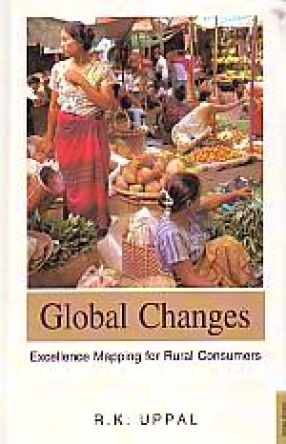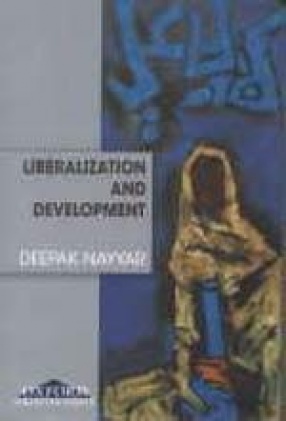Responding to the macroeconomic crisis of the late 1980s, a programme of liberalization, privatization, and globalisation was initiated in India in July 1991. This programme encompassed wide-ranging reform measures touching almost every aspect of the Indian economy. The wide-ranging reforms since then have induced greater efficiency and competitiveness in all spheres of economic activity. It can safely be said that India is no longer a country of scarcities and shortages. Foodgrain stocks are plentiful, foreign exchange reserves are overflowing, inflation rate is moderate and under control, exports are buoyant, exchange rate is flexible and the country is well integrated with the world economy. All these features of new India are amply reflected in a relatively high rate of economic growth and a significant reduction in poverty ratio over the last decade and a half. This book explains the key reform measures undertaken in various sectors of the India economy since 1991. It examines their rationale, contents, and impact. Furthermore, the work puts in perspective the emerging lessons for the future. T o provide the necessary backdrop to the new order, appropriate comparisons are made with the policies pursued prior to the reforms period. The book contains 24 articles authored by scholars in the area of agriculture, industry, banking, poverty and unemployment and other fields touched by the economic reforms process.
E-Age Banking: A Future Outlook
$69.30
$77.00








There are no reviews yet.